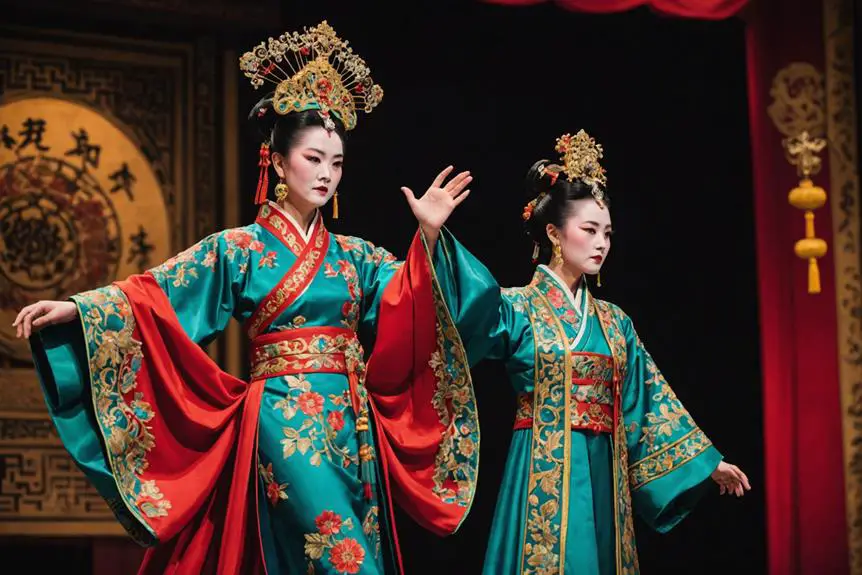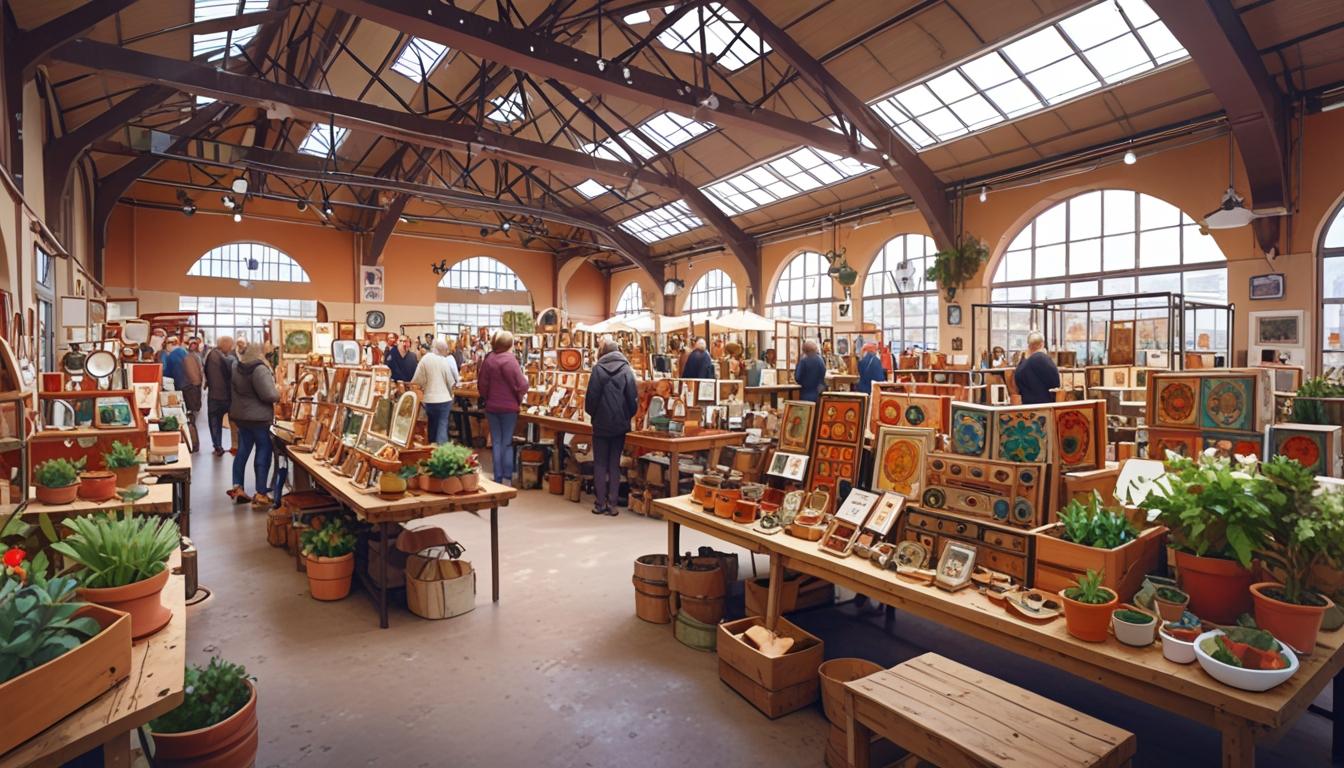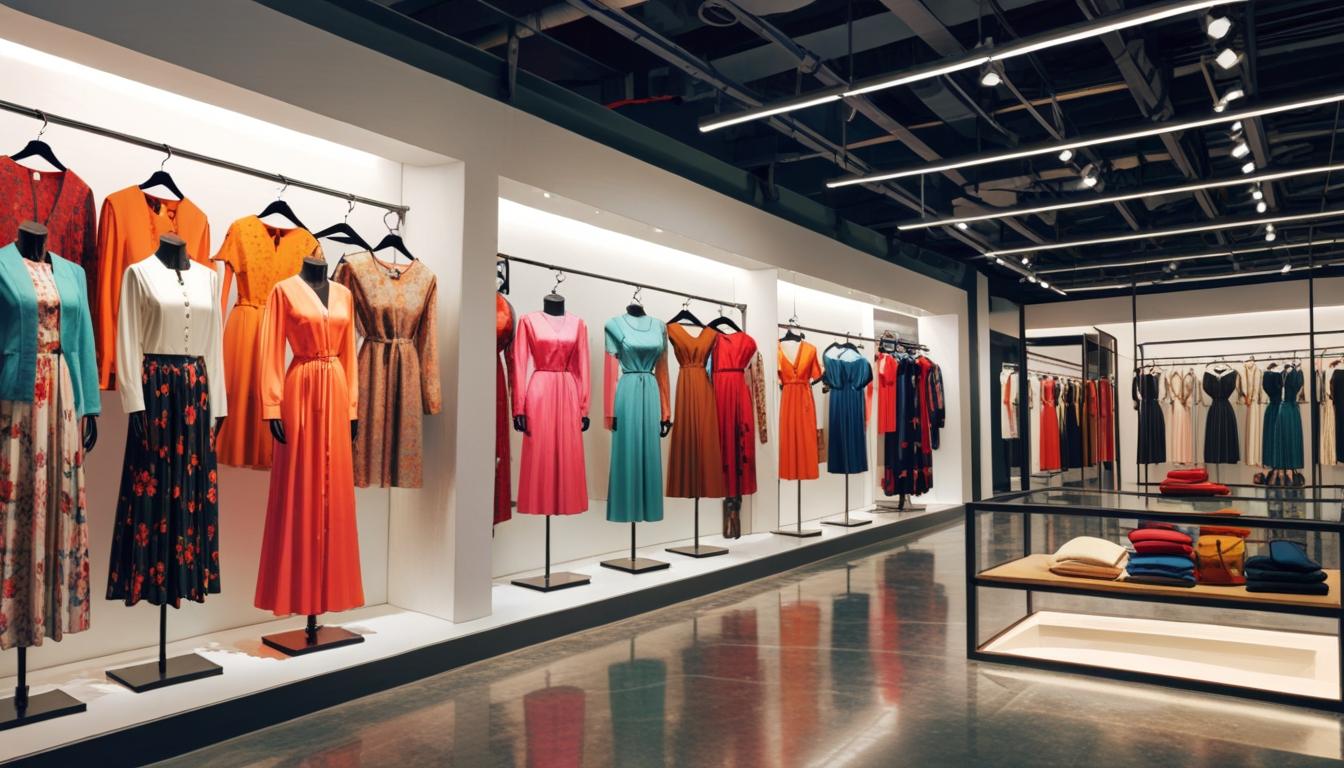Have you ever considered how the costumes in *Farewell My Concubine* might reflect deeper emotional truths about the characters? Each outfit not only showcases the art of Peking opera but also serves as a narrative device that reveals the internal conflicts and societal pressures faced by Cheng Dieyi and Duan Xiaolou. The meticulous attention to detail in their attire invites you to explore the symbolism behind the colors and designs. What might these choices reveal about the historical context and the characters' transformations throughout the film?
Significance of Costumes
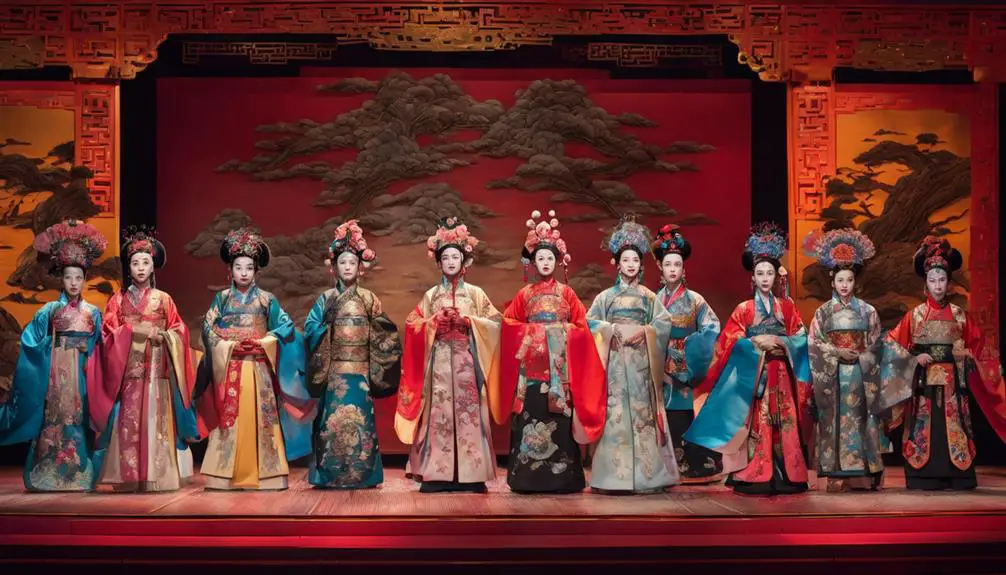
The significance of costumes in *Farewell My Concubine* goes beyond mere aesthetics; they serve as a vital reflection of the characters' identities and the cultural backdrop of their lives. Imagine stepping into a world where every stitch tells a story! The costumes are intricately designed, showcasing the rich tradition of Peking opera. Each vibrant color and elaborate fabric symbolizes the personalities and roles of the characters, pulling you into their emotional complexities.
Take Cheng Dieyi, for example. His female costumes, adorned with delicate embroidery and flowing silks, highlight his struggle with identity and femininity. You can practically feel his internal battle just by looking at the costumes. And let's not forget Duan Xiaolou's military attire—it represents hypermasculinity and the shifting socio-political landscape of 20th-century China. Isn't it fascinating how a simple outfit can carry such weight?
The use of traditional Chinese opera makeup and accessories, like jeweled headdresses, adds another layer to the visual storytelling. It enhances the theatricality of their lives, making you think about how these elements elevate the narrative. Overall, the film's costumes celebrate historical aesthetics while also revealing the emotional and psychological depths of the characters. So, next time you watch *Farewell My Concubine*, pay close attention to those outfits! They're not just costumes; they're a window into the characters' souls and the world they inhabit.
Character Costume Analysis
Let's talk about the costumes of Cheng Dieyi and Duan Xiaolou, because they really tell us a lot about who these characters are! Cheng's opulent outfits scream drama and emotion with their stunning colors and details, while Duan's masculine wardrobe packs a punch with its strong lines and darker shades. Isn't it fascinating how what they wear reveals their struggles and personalities?
Cheng Dieyi's Opulent Attire
Cheng Dieyi's opulent attire captivates viewers, drawing them into the rich world of Peking opera. Seriously, have you ever seen costumes so elaborate? His outfits are like a feast for the eyes, filled with vibrant colors and intricate embroidery that scream femininity and artistic identity. Each opulent costume he wears tells a story, reflecting not just his character, but also his internal struggles.
As the film unfolds, you'll notice how his attire evolves. During moments of joy, he shines in sparkling jewels and grand headdresses that enhance his beauty. But when despair hits, his costumes become somber and less ornate, mirroring his emotional turmoil. It's like the costumes are alive, changing with him! And let's not forget about his makeup—it's delicate yet exaggerated, perfectly showcasing his operatic role.
Isn't it fascinating how these visual elements highlight the traditional significance of Peking opera? They truly capture Dieyi's battle with masculinity and femininity. Through his stunning attire, you can feel the weight of love, betrayal, and identity struggles. It's more than just clothes; it's a journey that pulls you in and keeps you hooked!
Duan Xiaolou's Masculine Wardrobe
While Cheng Dieyi's opulent attire showcases the delicate beauty of femininity, Duan Xiaolou's masculine wardrobe presents a striking contrast that embodies strength and authority. His Peking opera costumes are all about bold colors and elaborate military designs. You can see the power in those intricately embroidered jackets and sturdy trousers, right? They reflect not just his roles as warlords but also the cultural significance of masculinity in a turbulent time.
As you watch, notice how the heavy fabrics and rich embellishments add to Duan Xiaolou's commanding presence on stage. Isn't it fascinating how these costumes highlight the complexities of gender roles? While Cheng shines in his delicate outfits, Duan stands firm, symbolizing traditional masculinity.
But here's the kicker: as the story unfolds against the backdrop of political turmoil and the Cultural Revolution, you'll see subtle changes in Duan Xiaolou's attire. These shifts mirror his emotional ups and downs, reminding us that masculinity can feel pretty fragile too. Isn't that a thought? Duan Xiaolou's wardrobe isn't just about looking tough; it's a journey through strength, vulnerability, and identity.
Peking Opera Influence
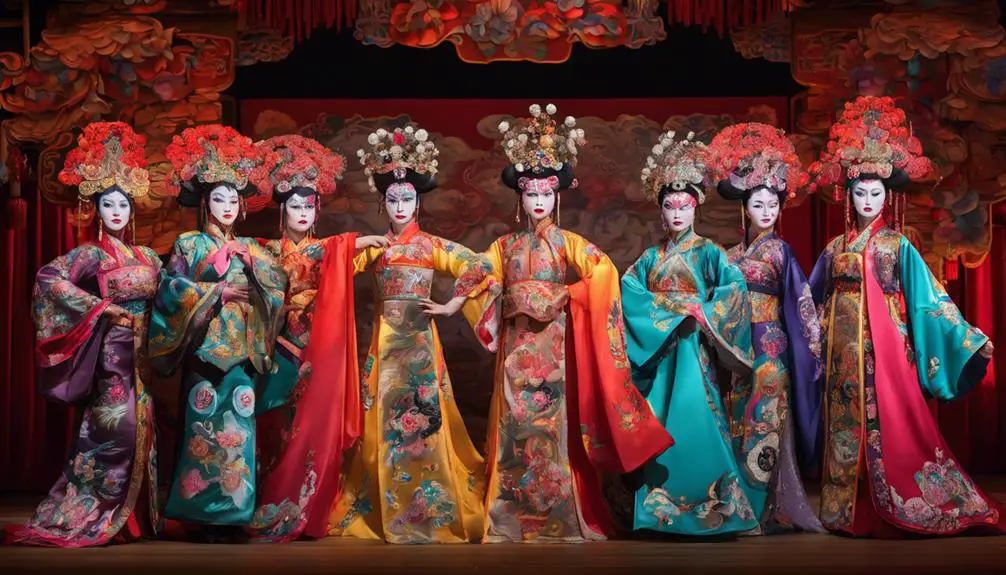
The influence of Peking opera is deeply woven into the fabric of *Farewell My Concubine*, shaping both its visual aesthetics and thematic undertones. You can't help but notice the stunning costumes that leap off the screen, right? These outfits aren't just fancy clothes; they reflect the rich history and cultural significance of Peking opera. The character Cheng Dieyi, played by the talented Leslie Cheung, brings this art form to life as he performs female roles, which adds layers to the themes of gender identity and personal struggle.
When you watch the film, the use of traditional Peking opera music fills the air, creating an emotional depth that pulls you into the characters' lives. It's like the music serves as a heartbeat for their stories, connecting their personal battles with the larger history they inhabit. You'll see how the vibrant colors and intricate embroidery of the costumes express the characters' feelings and societal roles, making every scene packed with meaning.
Isn't it fascinating how a performance style can shape a story so profoundly? The visual and auditory elements of Peking opera aren't just there for show; they deepen your understanding of the characters and their journeys. So, the next time you watch *Farewell My Concubine*, pay close attention to those costumes and music—they're not just background; they're essential to the narrative!
Color Symbolism in Outfits
In *Farewell My Concubine*, the costumes do more than just showcase Peking opera's grandeur; they also vividly illustrate the characters' emotional journeys through color symbolism. Have you ever noticed how colors can tell a story all on their own? Well, in this film, vibrant hues like red and black symbolize the emotional states of Cheng Dieyi and Duan Xiaolou. Red often stands for passion and love, while black can represent power or tragedy. It's like wearing your heart on your sleeve, but in a much more colorful way!
Traditional Chinese opera costumes are packed with meaning. For instance, yellow is linked to nobility and wealth, while white can signify treachery or deceit. These colors reflect the characters' moral complexities and their evolving identities. The elaborate designs and headdresses add to this, with shades like gold and blue symbolizing prosperity and harmony—essential themes in the film.
As the story unfolds, you'll see how the colors shift with historical changes. During tough political times, you might notice more subdued tones, mirroring the characters' inner turmoil. On the flip side, brighter colors pop up in moments of hope or love. This evolution in the costumes beautifully captures the characters' development and the changing world around them. So, next time you watch, pay attention to the colors—they're not just pretty; they're telling you a whole lot about the story!
Historical Context of Fashion
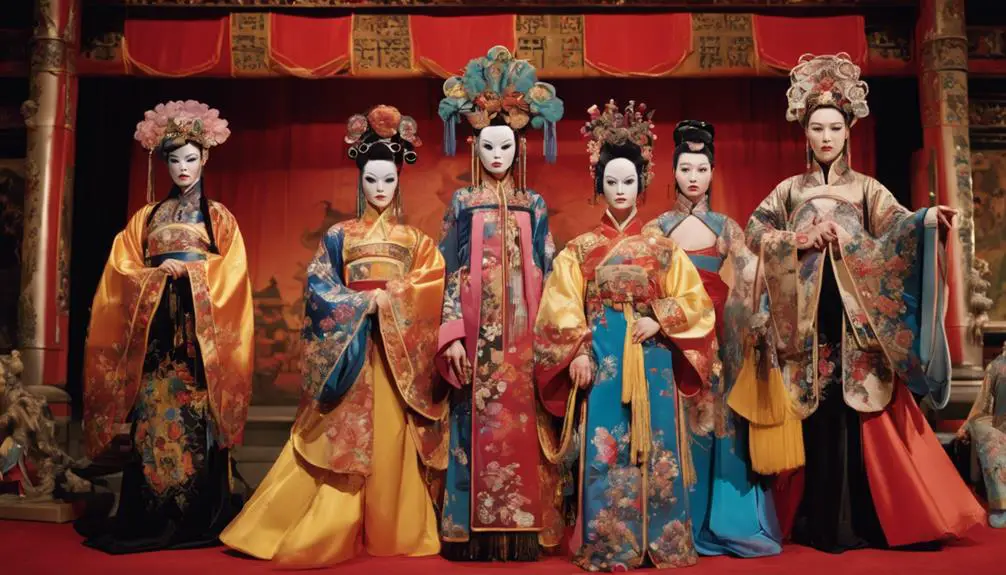
When you check out the costumes in *Farewell My Concubine*, you can really see how they reflect the rich history of 20th-century China. The bright, intricate outfits of Peking opera performers tell stories about their characters and social status, while the more practical clothing during tough times shows a different side of life. Isn't it fascinating how the costumes not only look amazing but also capture deep cultural meanings and the characters' journeys?
Peking Opera Costumes
Often celebrated for their rich visual storytelling, Peking opera costumes showcase a unique blend of artistry and symbolism that reflects the historical context of Chinese fashion. You can't help but be amazed by the vibrant colors and intricate embroidery that make each outfit pop! Every detail in these costumes has a purpose, representing character identity and traits. For example, a red costume signifies loyalty and bravery, while black shows integrity—how cool is that?
The luxurious fabrics, like silk and brocade, add to the overall flair, making each performance a visual feast. And let's not forget the headdresses, like the ornate "jinzi," which turn heads and enhance the spectacle. They're not just for show; they carry meaning about the character's social status.
Over the years, Peking opera fashion has evolved, blending historical costumes with modern influences. It's fascinating how designers keep the essence alive while giving it a fresh twist. So, the next time you see a Peking opera performance, take a moment to appreciate the artistry behind those stunning costumes. Don't you just love how fashion can tell such powerful stories?
Cultural Symbolism in Attire
Peking opera costumes do more than just dazzle the eye; they carry deep cultural significance that reflects the historical context of fashion in China. When you see those vibrant colors, each hue tells a story. For example, red represents loyalty and bravery, while black shows a neutral character, hinting at the moral complexities of the people on stage. Isn't that fascinating?
Take Cheng Dieyi's roles, for instance. His intricate headdresses and silk garments highlight the traditional reverence for femininity and beauty. You can practically feel the weight of societal roles and expectations as the characters navigate the political changes of 20th-century China. Those costumes aren't just for show; they provide a glimpse into the hearts and minds of the characters while reflecting the cultural shifts happening around them.
As you watch *Farewell My Concubine*, notice how the attire mirrors not only individual identities but also the broader societal landscape. Isn't it amazing how something as simple as a costume can tell so much about a time and place? So next time you watch, pay attention—you might just discover a whole new layer of meaning!
Behind-the-Scenes Design Process
The behind-the-scenes design process for *Farewell My Concubine* was a fascinating blend of artistry and historical research. Imagine stepping into the shoes of costume designer Cheung Yiu-choi as they worked closely with director Chen Kaige. Together, they crafted outfits that weren't just clothes; they were essential pieces of storytelling. Each costume had to reflect the characters' identities and their emotional journeys throughout the film.
You'd be amazed at how much detail went into these costumes! The vibrant colors and intricate details were inspired by traditional Peking opera, which is all about that dramatic flair. Did you know that different colors and styles symbolize various roles and emotions? It's true! Cheung and the team did extensive research to recreate authentic Peking opera costumes, using luxurious fabrics and handcrafted embellishments. Talk about dedication!
But it didn't stop there. The design process involved fitting actors in different outfits to make sure their movements were fluid and expressive. Can you imagine the excitement of seeing those operatic performances captured on screen? It must have been thrilling to see everything come together, knowing each stitch contributed to a greater story.
Impact on Modern Cinema
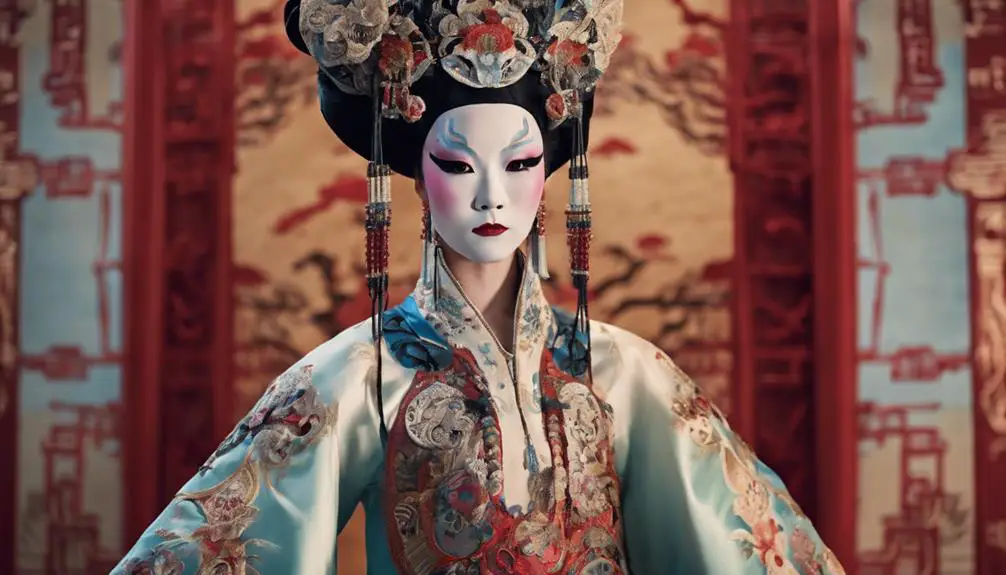
*Farewell My Concubine* has left a lasting mark on modern cinema, transforming how filmmakers approach themes of identity and love amidst societal upheaval. This epic Chinese film dives deep into the complexities of relationships during turbulent times, and it's inspired many filmmakers to tackle similar subjects. Have you ever thought about how a story can resonate on a global scale? Well, this film proves it's possible!
The visual artistry and storytelling in *Farewell My Concubine* set a high standard for future Chinese-language films. It's not just a movie; it's a cultural experience that opened the door for greater representation of LGBTQ+ themes in Asian cinema. Filmmakers now feel more encouraged to explore issues of sexuality and identity openly. Isn't that amazing?
Winning the Palme d'Or was a huge deal, too! This recognition helped elevate the status of Chinese cinema on the world stage. With more interest and investment flowing into the industry, we've seen a surge in diverse storytelling. Plus, the film's restoration and re-releases, including the stunning 4K version, remind us how important it is to preserve cinematic history.
Frequently Asked Questions
Why Was Farewell My Concubine Banned?
*Farewell My Concubine* faced bans due to its cultural significance, exploring themes often deemed unacceptable. Censorship issues arose from political context, challenging societal norms and impacting artistic expression, ultimately shaping the film's historical impact.
Is Farewell My Concubine a LGBT Movie?
In exploring the delicate balance of a fragile flower, *Farewell My Concubine* serves as a powerful LGBT representation. Through character analysis and historical context, its cultural impact and audience reception highlight profound themes of love and identity.
Why Is Farewell My Concubine so Good?
You'll find *Farewell My Concubine* so good due to its cinematic artistry, rich character development, and emotional depth. It weaves historical context and cultural significance into a compelling narrative structure that resonates deeply with audiences.
Is the Farewell My Concubine Movie Based on a True Story?
You can't judge a book by its cover; while *Farewell My Concubine* isn't a true story, it draws from historical accuracy, character inspiration, and cultural significance, weaving narrative elements that reflect personal reflections of its time.
